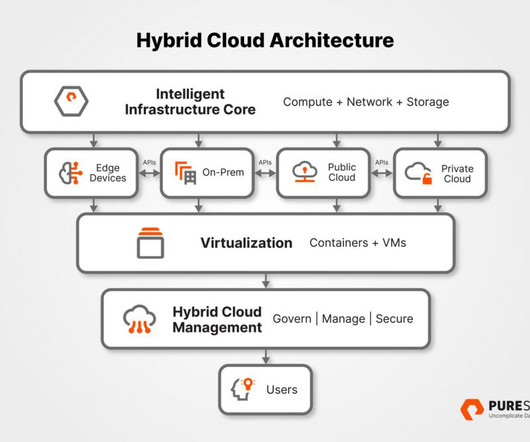What is predictive analytics? Transforming data into future insights
CIO Business Intelligence
FEBRUARY 10, 2023
Benefits of predictive analytics Predictive analytics makes looking into the future more accurate and reliable than previous tools. Retailers often use predictive models to forecast inventory requirements, manage shipping schedules, and configure store layouts to maximize sales. Forecast financial market trends.
















Let's personalize your content